Retro Replay Review
Gameplay
Cyberdillo’s gameplay marries classic first-person shooter mechanics with a disco-infused twist. Instead of relying on conventional firearms, you’re armed with plungers, princess wands and a rotating arsenal of novelty weapons, each with its own quirky animations. The control scheme feels familiar to veteran FPS players, offering smooth movement and responsive aiming, though the unconventional weaponry takes some adjustment. Learning to gauge plunger trajectories and wand-throwing arcs becomes surprisingly satisfying once you settle into the rhythm of the game.
The level design is structured into four stages, each packed with psychedelic 70’s motifs and environmental hazards. You’ll hunt for bell bottoms, platform shoes, lava lamps and 8-track players to replenish shield and “funk” meters—an inventive health system that ties directly into the game’s groovy theme. Interactions such as locating specific items to unlock doors, navigating under stoplights that zap your health when red, and racing to find a toilet after contacting a Relax laxative box add layers of puzzle-like tension to each stage.
Enemy encounters range from flying eyeballs and laughing gas containers to more eccentric foes that fit the disco era’s playful style. Combat encounters are often tightly choreographed, requiring you to switch between special weapons strategically while juggling resource collection. Although the pace can feel repetitive during longer play sessions, boss fights and secret areas sprinkled throughout the stages inject a welcome dose of variety.
Graphics
Visually, Cyberdillo embraces a bold, 70’s psychedelia aesthetic, with neon swirling textures and kaleidoscopic backgrounds. While its retro pixel art harks back to the DOS era, the game amplifies its throwback charm with vibrant color palettes and trippy environmental effects. The lava lamps, disco balls and checkerboard dance floors create a cohesive visual identity that never feels bland—each stage pulses with a distinct disco energy.
Character and enemy sprites are cartoonishly exaggerated, emphasizing the game’s comedic tone. The Armadillo hero sports a gold chain and platform boots, while adversaries like laughing gas containers sport sinister grins. Although the low-resolution assets may not impress modern graphics standards, the deliberate art direction ensures that every element feels unified in its retro-groove vision.
Special effects, such as the shield flicker when you’re low on funk or the psychedelic screen shakes during boss introductions, enhance immersion without becoming gaudy. Performance remains solid on contemporary platforms, with consistent frame rates even in the most particle-heavy disco pits. Overall, the visuals succeed in transporting players to a zany, neon-soaked wasteland that feels both nostalgic and refreshingly original.
Story
The narrative of Cyberdillo is delightfully absurd: after being run over by a car, our intrepid Armadillo hero is resurrected by a nefarious cyber-genetic corporation. Their plan? To exploit disco culture itself for sinister ends. Armed with new cosmic funk powers, the Armadillo ventures through four stages of increasingly outlandish disco arenas to thwart their machinations and restore the groove to its rightful place.
Story beats are delivered through brief in-game cutscenes and tongue-in-cheek text prompts that lean heavily on 70’s pop culture references. While the plot isn’t meant to be taken seriously, its campy charm goes a long way in motivating your item-scavenging and boss-battling pursuits. The game’s dialogue embraces cheesy one-liners and disco jargon, ensuring that every new enemy encounter or hidden passage feels part of a goofy, cohesive adventure.
Though lightweight, the story provides enough context to keep players engaged without bogging down the action. Each stage introduces fresh narrative twists—such as a neon factory producing robotic disco dancers or a lava lamp cavern crawling with mutant turtles—reinforcing the game’s irreverent tone. For those seeking a deep, lore-heavy experience, Cyberdillo may feel shallow, but for fans of playful 70’s nostalgia, it delivers exactly what it promises.
Overall Experience
Cyberdillo offers a uniquely entertaining blend of retro FPS action and disco spectacle. Its unconventional weapons, vibrant level design and tongue-in-cheek narrative coalesce into an experience that’s equal parts challenging shooter and campy romp. While some mechanics—like shield and funk management—require careful juggling, they also reinforce the game’s thematic identity, making every resource pickup feel meaningful.
The game’s length is modest, with four stages that can be completed in a few hours, yet each level hides enough secrets and alternate routes to encourage replay. Difficulty scales appropriately: early sections ease you into the plunger-and-wand combat, while later stages demand sharper reflexes and inventory planning. Fans of old-school shooters and quirky indie titles will appreciate the nostalgic nods and creative obstacles, while newer players may find the aesthetic a refreshing departure from more serious modern FPS games.
In the end, Cyberdillo is a love letter to 70’s disco culture wrapped in a zombie-resurrection plot and served up as a first-person shooter. It’s zany, it’s colorful and it’s unapologetically campy—qualities that make it stand out in a crowded market. If you’re looking for a lighthearted, fast-paced shooter experience with a funky twist, Cyberdillo is worth strapping on your platform boots for.
 Retro Replay Retro Replay gaming reviews, news, emulation, geek stuff and more!
Retro Replay Retro Replay gaming reviews, news, emulation, geek stuff and more!
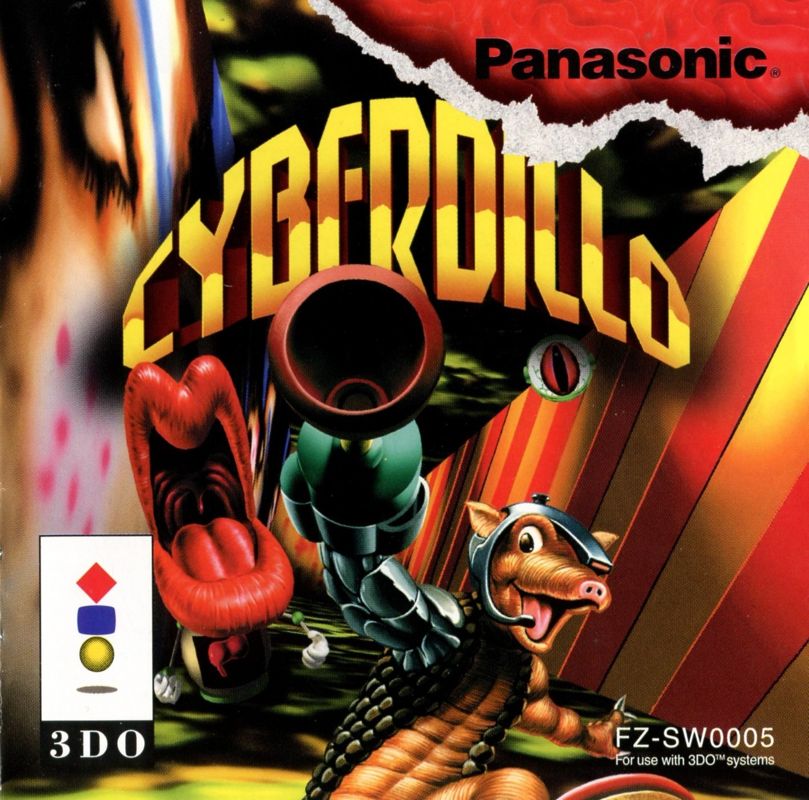
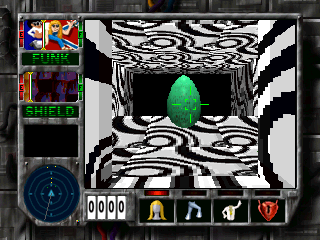
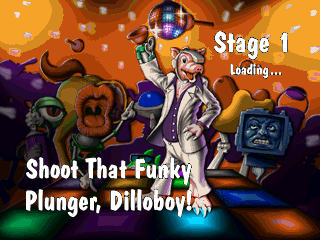
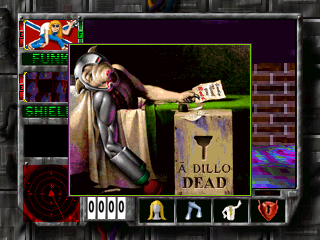
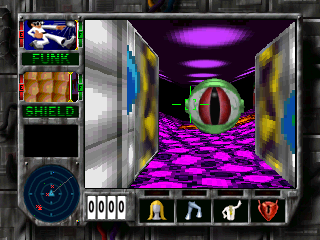




Reviews
There are no reviews yet.